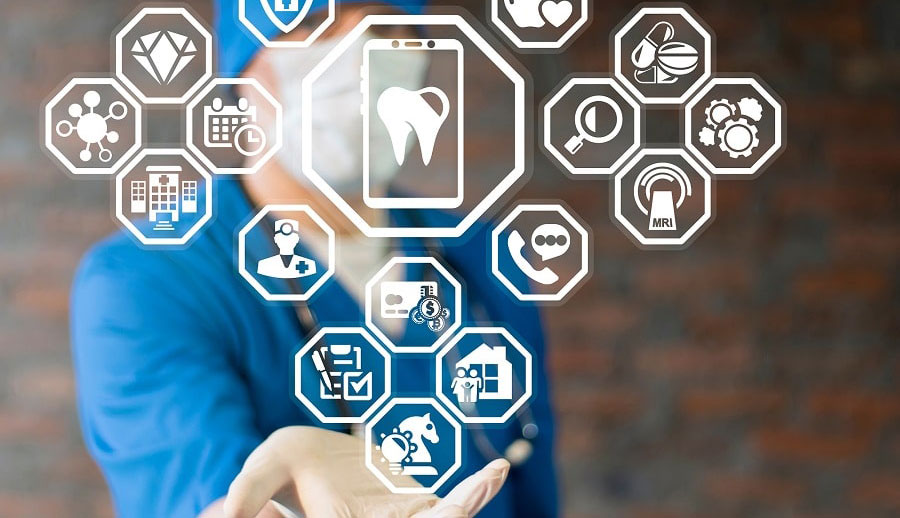Introduction

In recent years, the field of dentistry has seen several exciting technological advancements that have transformed the way dental procedures are performed. These advancements have made dental treatments faster, more efficient, and less invasive for patients. Here are some examples of the latest technological advancements in dentistry:
- 3D Printing: Three-dimensional printing has revolutionized the manufacturing process for dental appliances such as dentures, bridges, and crowns. With 3D printing, dental professionals can create highly accurate and customized restorations faster than ever before.
- CAD/CAM Technology: Computer-aided design and computer-aided manufacturing (CAD/CAM) technology have improved the precision and accuracy of dental restorations. With CAD/CAM technology, dentists can create digital impressions of a patient’s teeth and use computer software to design a custom restoration, which is then milled from a block of ceramic or composite material.
- Digital X-Rays: Digital x-rays emit less radiation than traditional film x-rays, making them a safer and more efficient alternative. Digital x-rays can be viewed immediately on a computer, and can be easily shared with other dental professionals.
- Laser Dentistry: Lasers have many applications in dentistry, including cavity detection, gum disease treatment, and teeth whitening. Laser dentistry is minimally invasive, more precise, and typically causes less discomfort and bleeding than traditional methods.
- Augmented Reality: Augmented reality (AR) technology is being used to improve patient education and communication. With AR, patients can view 3D images of their teeth and gums, and dentists can use the technology to demonstrate different treatment options and expected outcomes.
These technological advancements are just a few examples of how dentistry is rapidly evolving to improve patient outcomes and experiences. With further research and development, we can expect to see even more innovative solutions in the field of dentistry in the future.